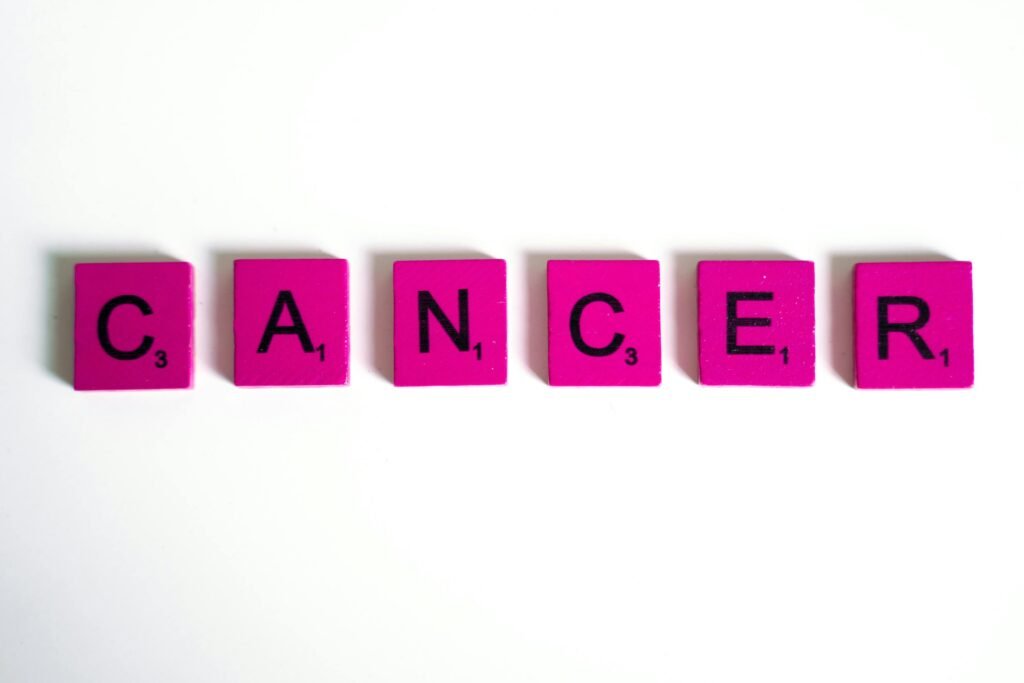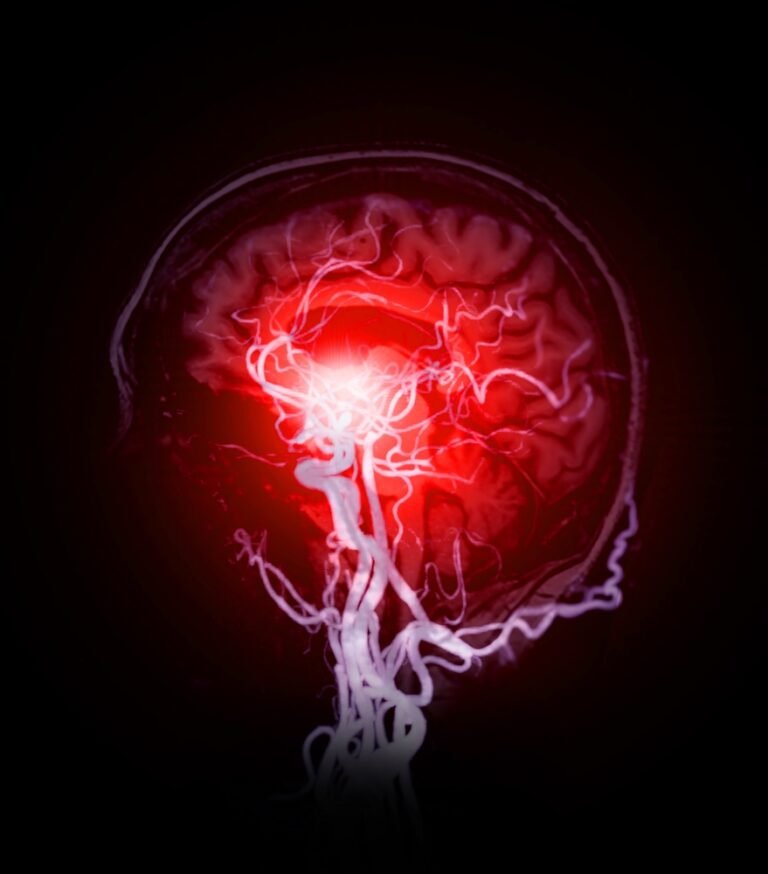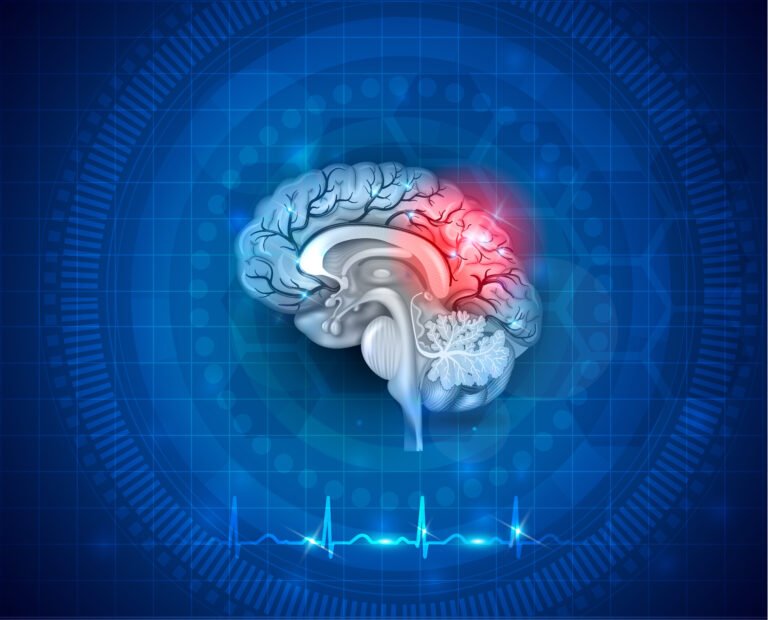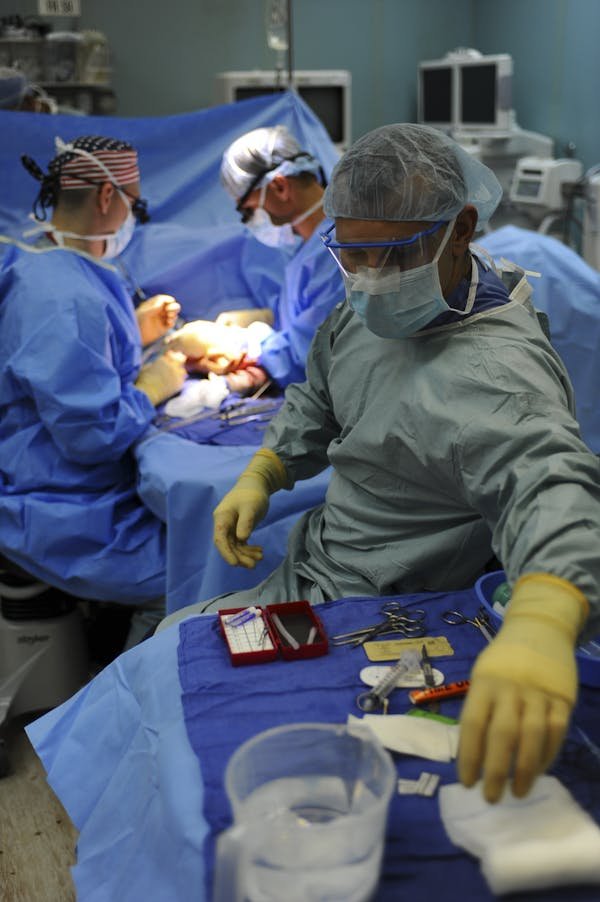Follow us and share.
Breast, Lung, Colon Cancer, and More: Which Are the Most Common?
Discover the most common types of cancer, their symptoms, and how to prevent them. Learn about breast, lung, colon, and other cancers for effective early detection.

Why is it important to know the most common types of cancer?
Cancer is one of the leading causes of death worldwide, affecting millions of people each year. There are more than 100 types of cancer, but some are significantly more common and account for the majority of cancer diagnoses. Identifying the most common cancers, its symptoms and risk factors is essential to promote early detection, improve treatments and increase survival rates.
Below, we explain the most common types of cancer in the population, their causes, and how you can reduce your risk of developing them.
1. Breast Cancer
He breast cancer It is the most common cancer diagnosed in women worldwide and the leading cause of cancer death in this group. While it primarily affects women, it can also occur in men, although to a lesser extent.
📌 Risk factors:
- Advanced age.
- Family history of breast cancer.
- Genetic mutations (BRCA1 and BRCA2).
- Long-term hormonal therapies.
- Obesity and excessive alcohol consumption.
📌 Main symptoms:
- Appearance of a lump or mass in the breast or armpit.
- Changes in the shape or size of the breast.
- Abnormal nipple discharge.
- Breast skin that looks like orange peel or hollows.
📌 Prevention and early detection:
- Regular breast self-examinations.
- Annual mammograms starting at age 40 or earlier if there are risk factors.
- Maintain a healthy weight and a balanced diet.
Suggested image: Chart showing the warning signs of breast cancer.
2. Lung Cancer
He lung cancer It is the most lethal cancer in the world and is responsible for the largest number of cancer-related deaths in men and women. Its development is closely linked to smoking, although it can also affect non-smokers exposed to environmental pollutants.
📌 Risk factors:
- Tobacco use (cigarettes, cigars, and vaping).
- Exposure to secondhand smoke.
- Contact with substances such as asbestos and radon.
- Air pollution.
📌 Main symptoms:
- Persistent cough with blood.
- Difficulty breathing.
- Unexplained weight loss.
- Chest pain.
📌 Prevention and early detection:
- Quit smoking and avoid exposure to tobacco smoke.
- Conduct screening studies in chronic smokers.
- Maintain an environment free of pollutants.
Suggested image: Infographic on the impact of tobacco on the lungs.
3. Colorectal Cancer
He colon and rectal cancer It is one of the most diagnosed in the world and usually develops from polyps in the large intestine that, over time, can become malignant.
📌 Risk factors:
- Age over 50 years.
- Diet rich in red and processed meats.
- Lack of fiber in the diet.
- Sedentary lifestyle and obesity.
- Family history of colorectal cancer.
📌 Main symptoms:
- Blood in the stool.
- Changes in bowel habits (chronic diarrhea or constipation).
- Recurrent abdominal pain.
- Unexplained weight loss.
📌 Prevention and early detection:
- Regular colonoscopies starting at age 50 or earlier if there is a family history.
- Diet rich in fiber and low in saturated fat.
- Regular physical activity.
4. Prostate Cancer
He prostate cancer It is the most common type of cancer in men, and its incidence increases with age. It is generally slow-growing and, in many cases, doesn't produce symptoms until its advanced stages.
📌 Risk factors:
- Advanced age (over 50 years old).
- Family history of prostate cancer.
- Diet high in saturated fats and low in vegetables.
- High testosterone levels.
📌 Main symptoms:
- Difficulty urinating.
- Weak or interrupted urinary flow.
- Presence of blood in urine or semen.
- Pain in the lower back or hips.
📌 Prevention and early detection:
- Prostate-specific antigen (PSA) tests starting at age 50.
- Maintain a healthy diet.
- Regular medical check-ups.
5. Skin Cancer
He skin cancer It is the most common worldwide and is directly related to excessive exposure to ultraviolet radiation from the sun or artificial sources such as tanning beds.
📌 Risk factors:
- Prolonged exposure to the sun without protection.
- Light skin and history of sunburn.
- Use of tanning booths.
- Genetic factors.
📌 Main symptoms:
- Appearance of irregular moles or moles that change in size and color.
- Skin lesions that do not heal.
- Reddened, scaly areas.
📌 Prevention and early detection:
- Daily use of sunscreen SPF 30 or higher.
- Avoid sun exposure during peak hours.
- Regular dermatological check-ups.
Suggested image: Infographic showing the ABCDE rule for identifying melanoma.
Conclusion: Early Detection Can Save Lives
Knowledge of the most common types of cancer and regular screening tests can make a difference in the prognosis of the disease. Maintaining a healthy lifestyle, avoiding risk factors and attending regular medical checkups can significantly reduce the chances of developing cancer.
🌟 Advice: Prevention and early diagnosis are the best tools for fighting cancer. Consult your doctor if you experience any suspicious symptoms.



